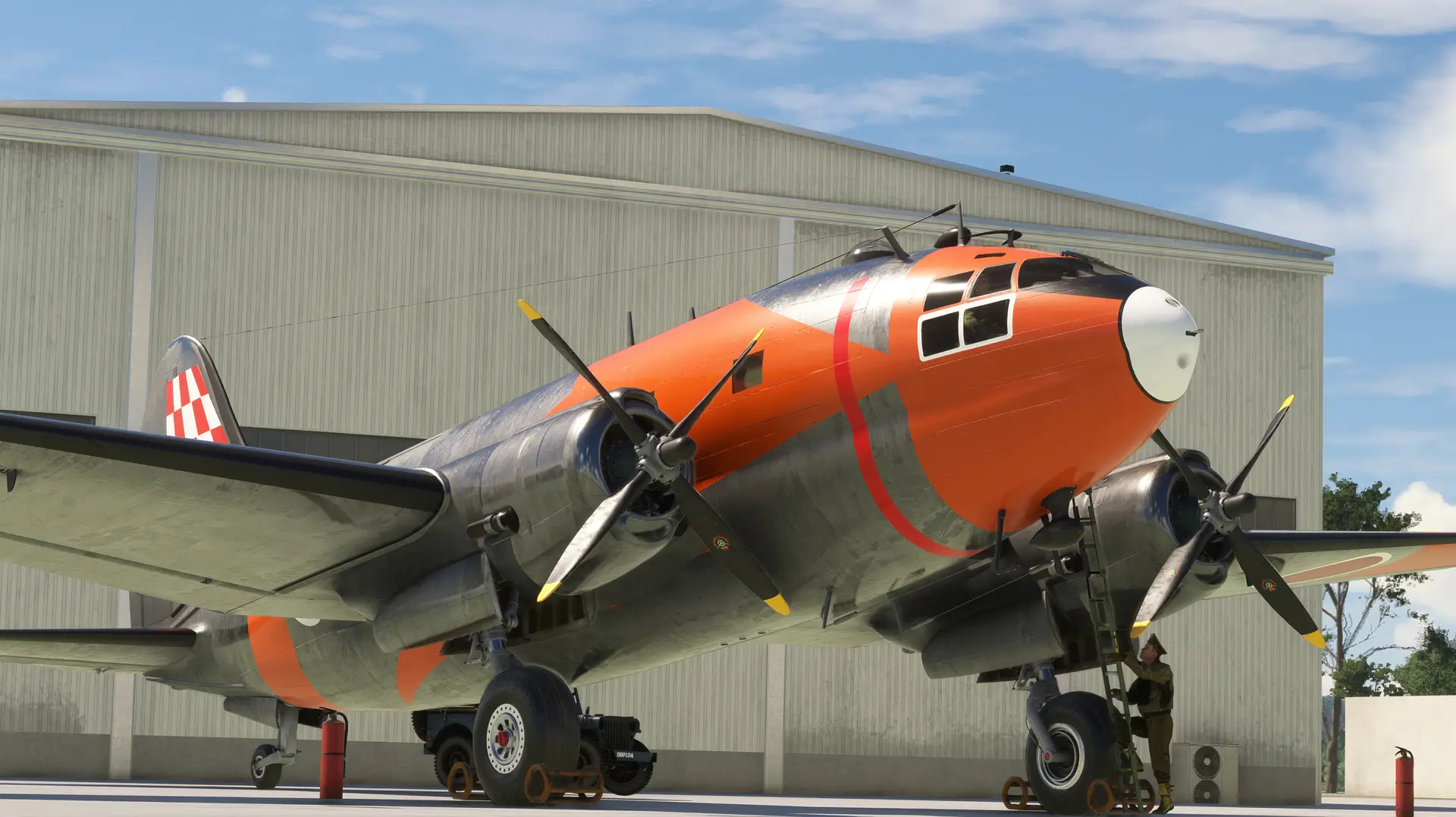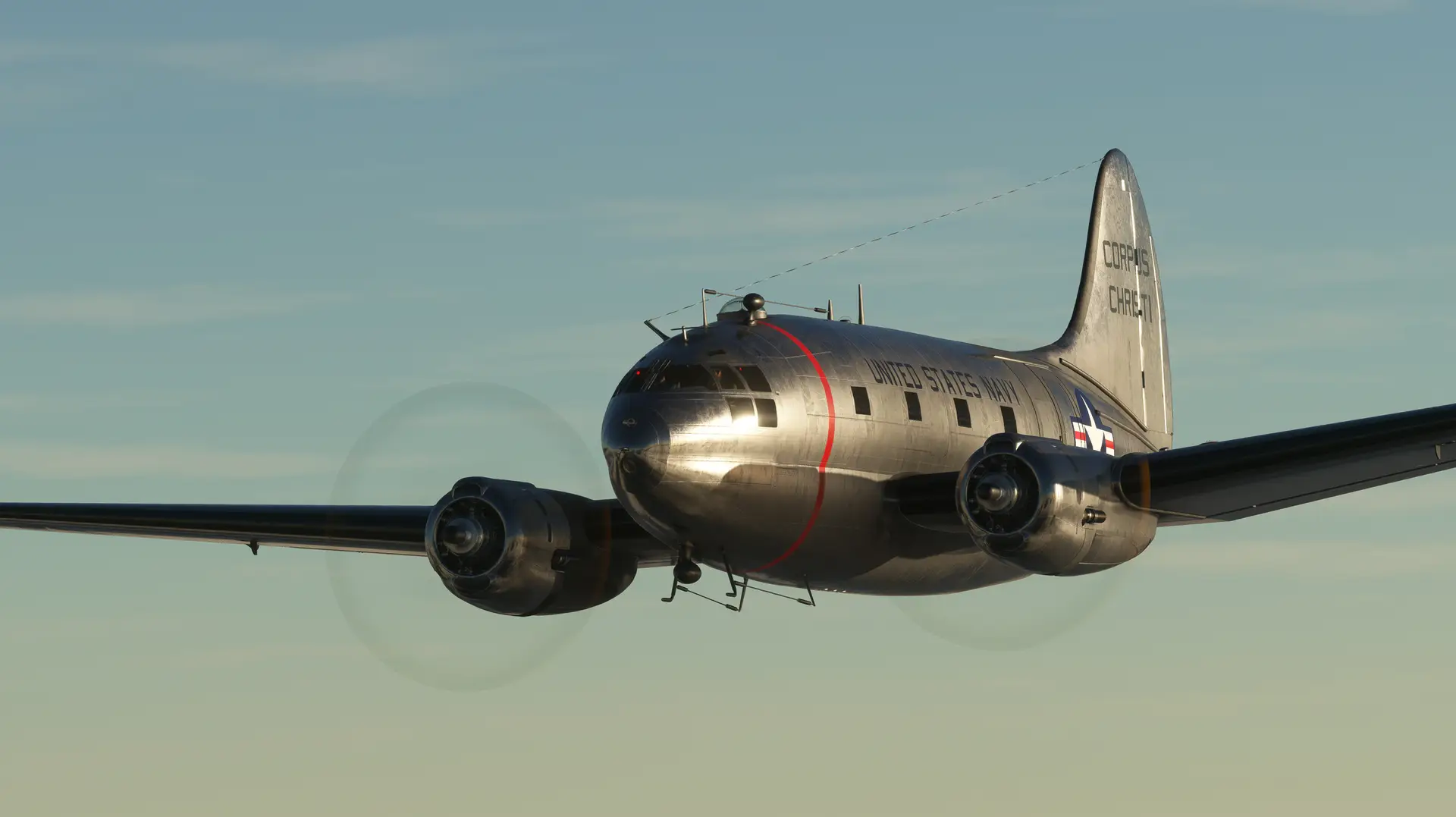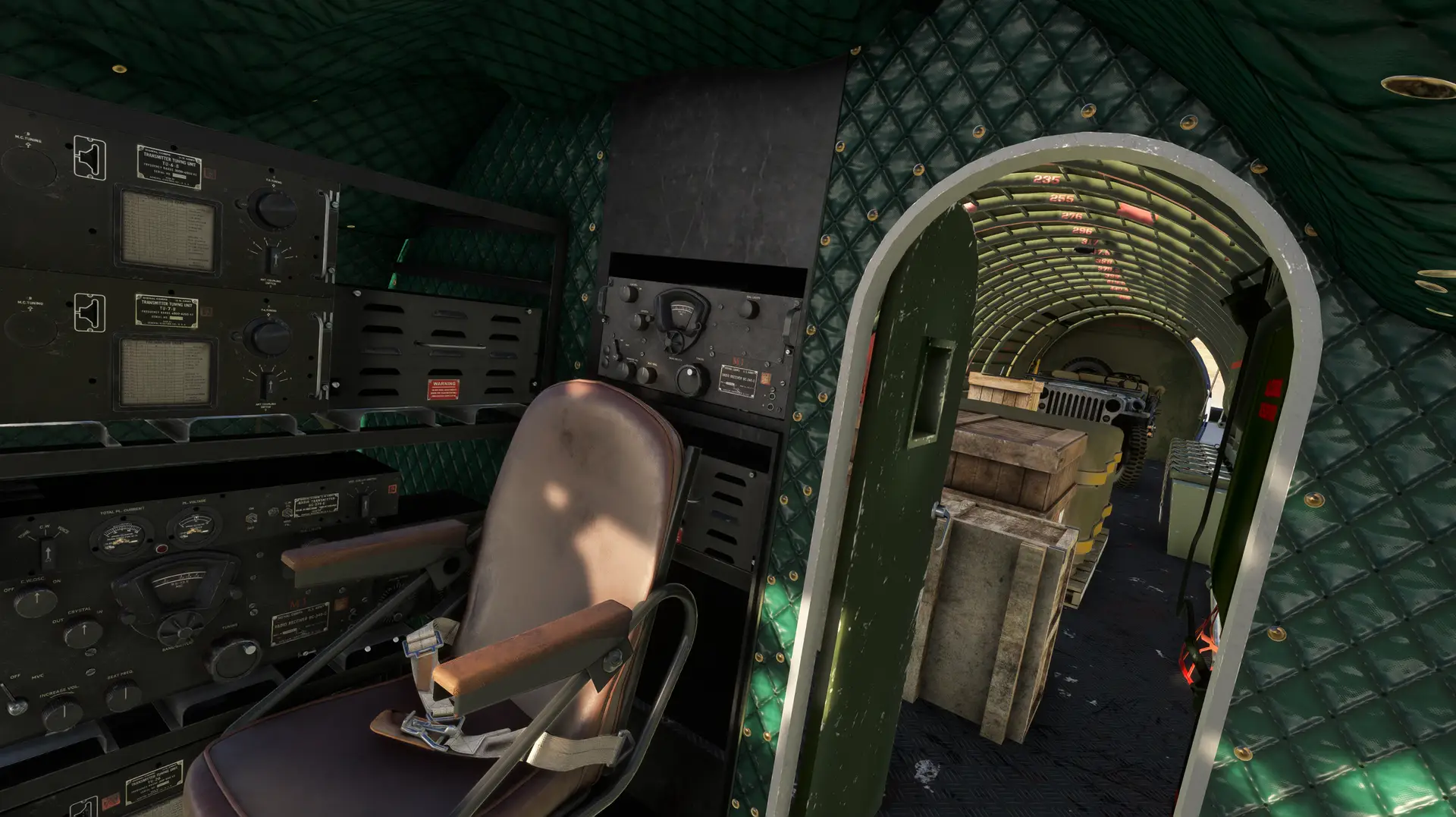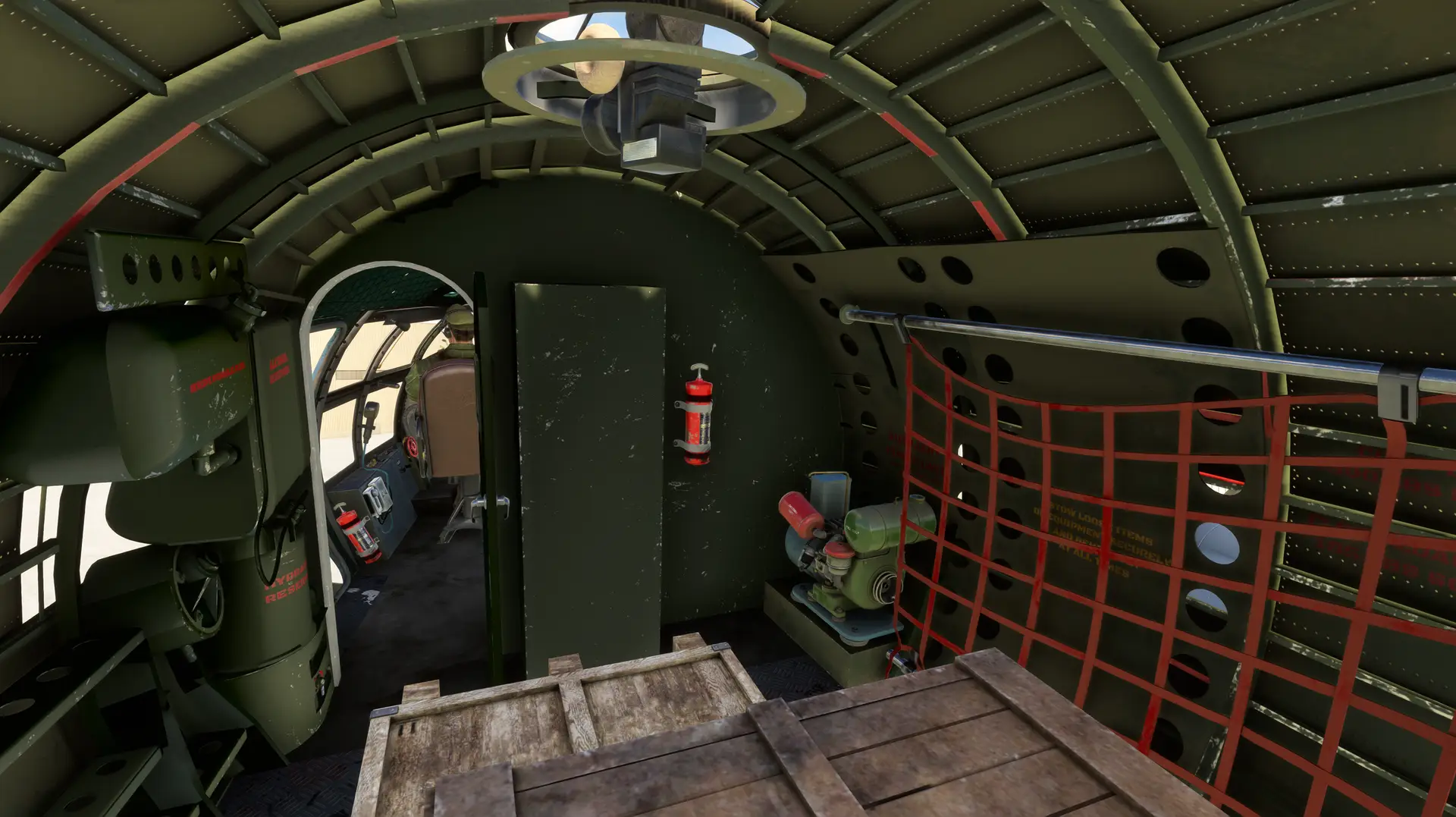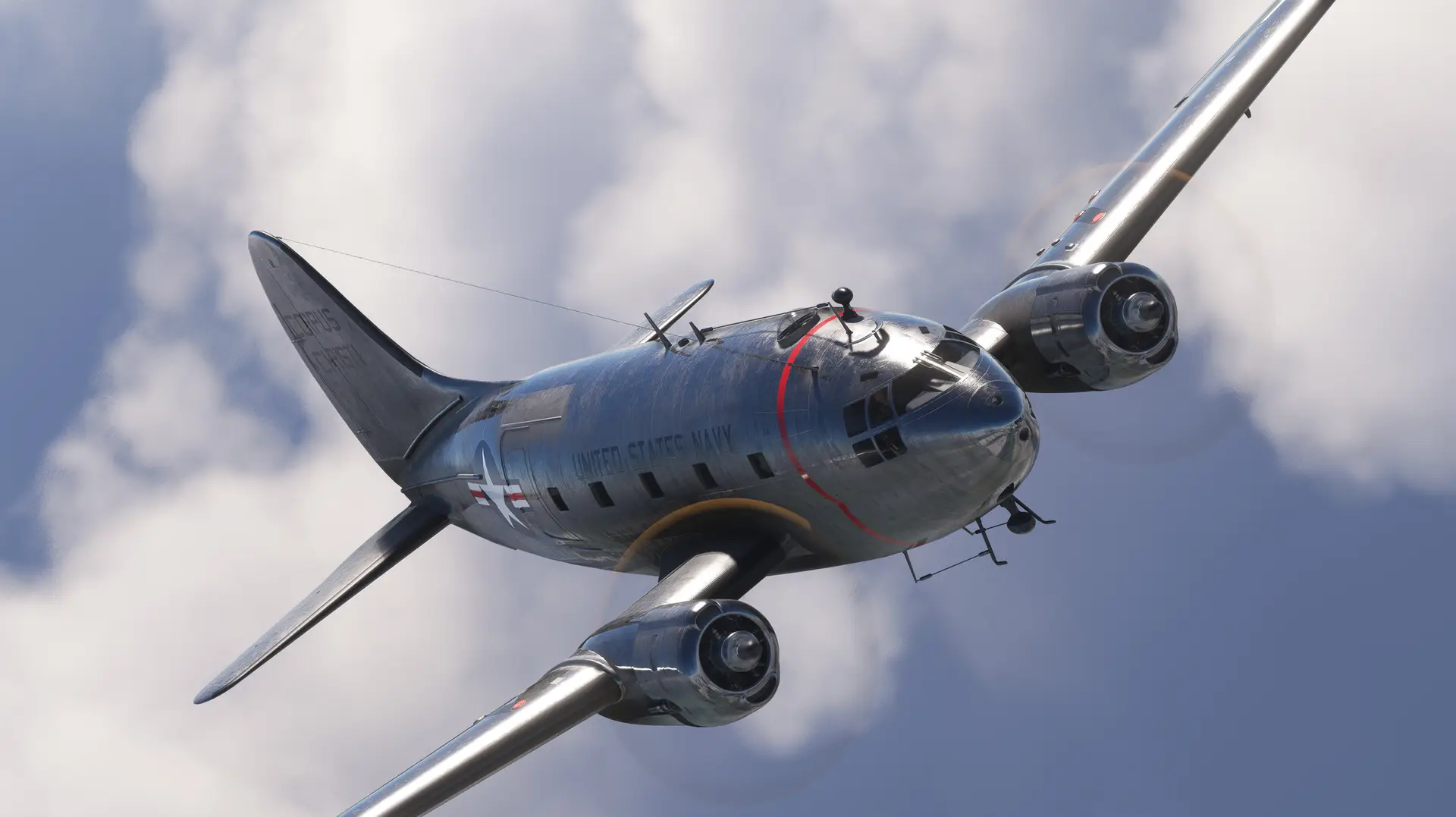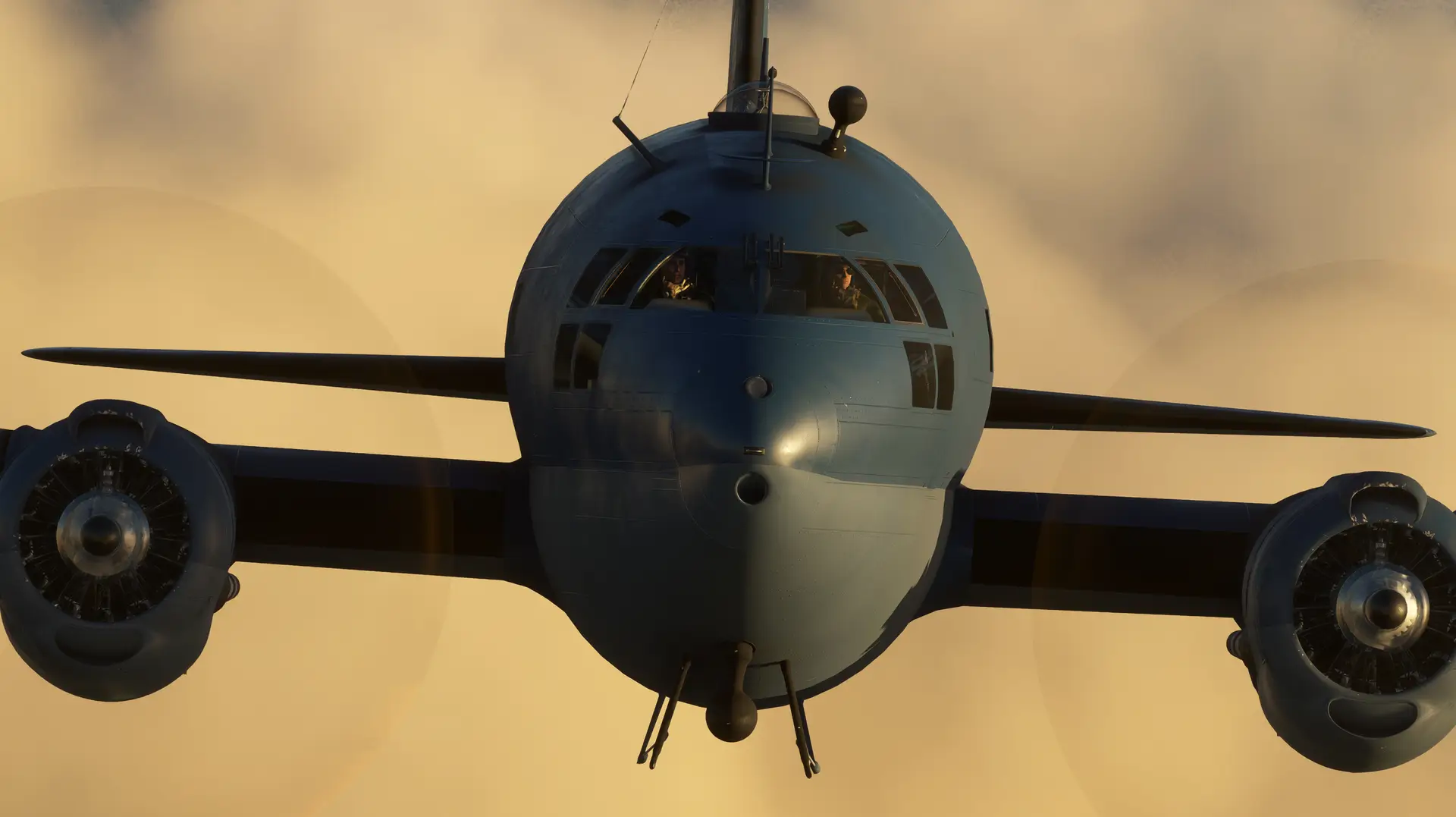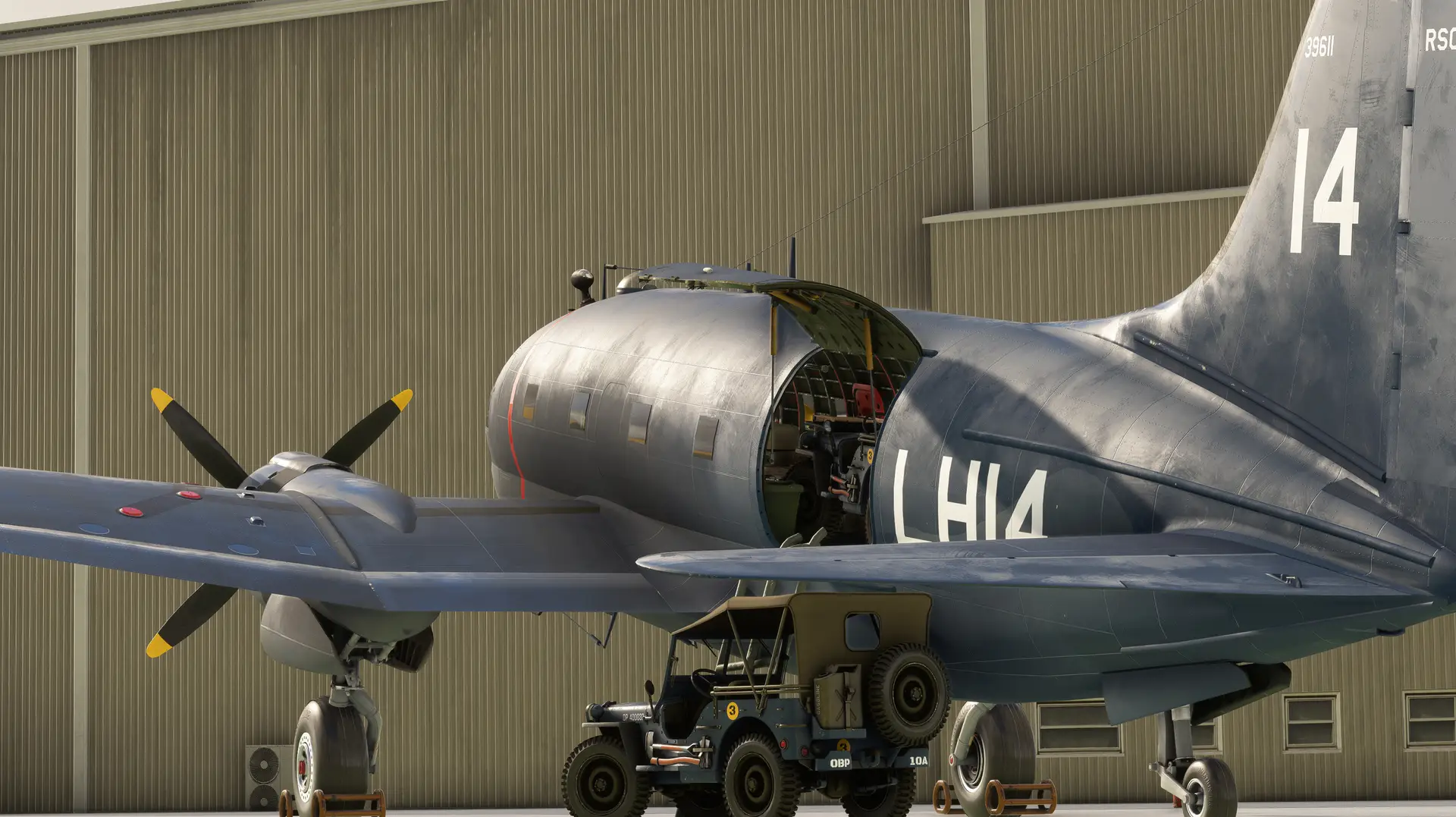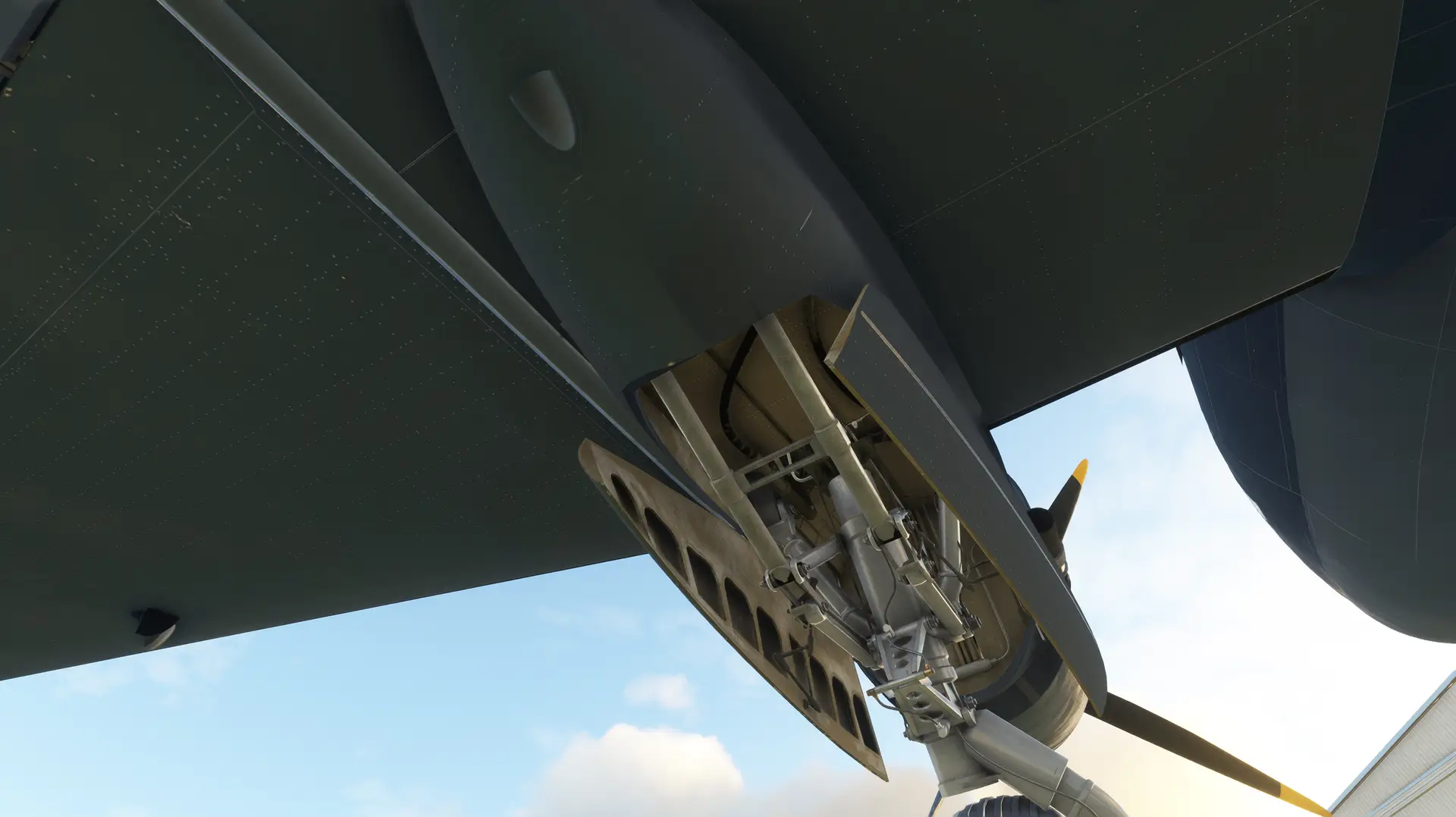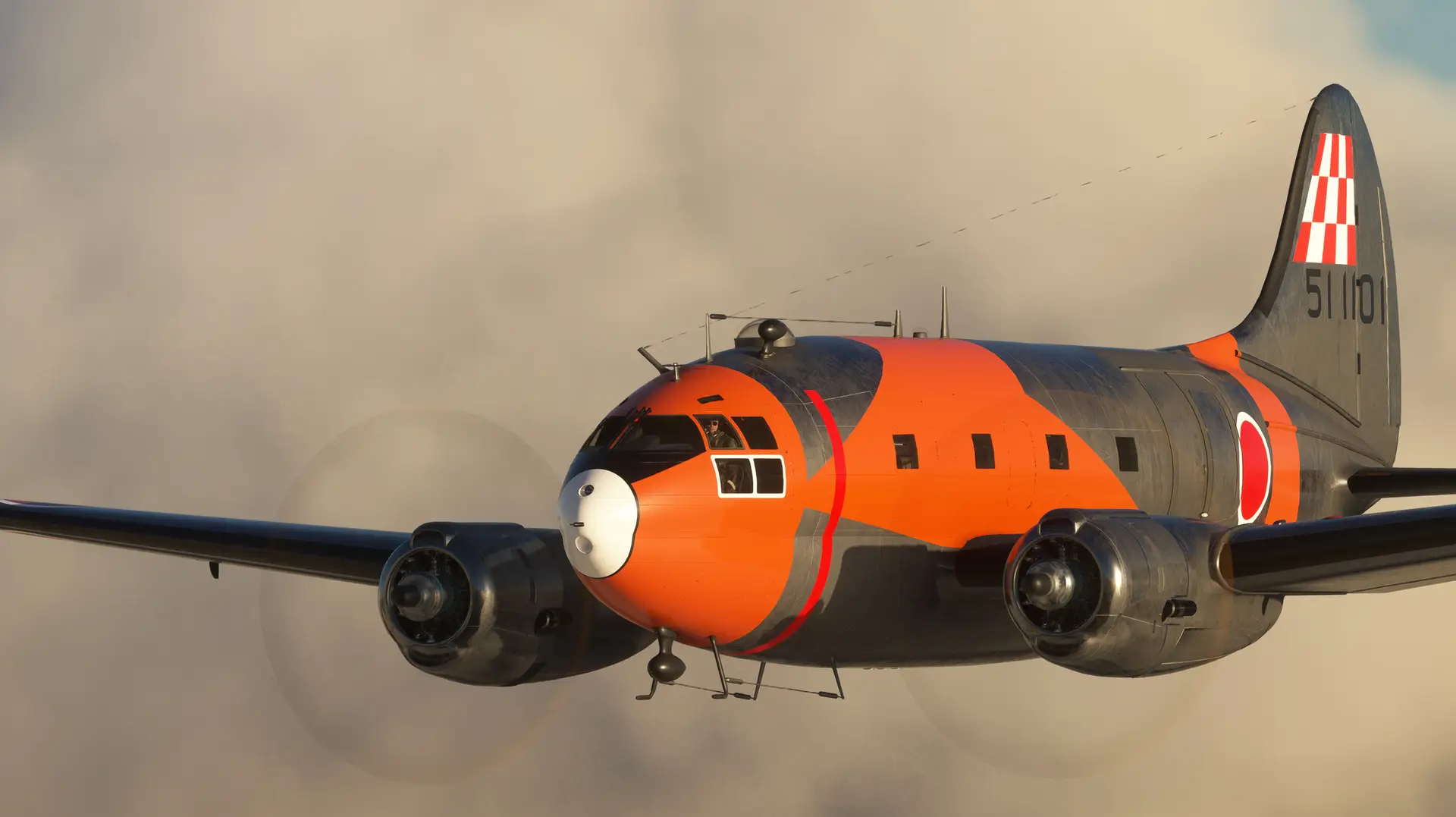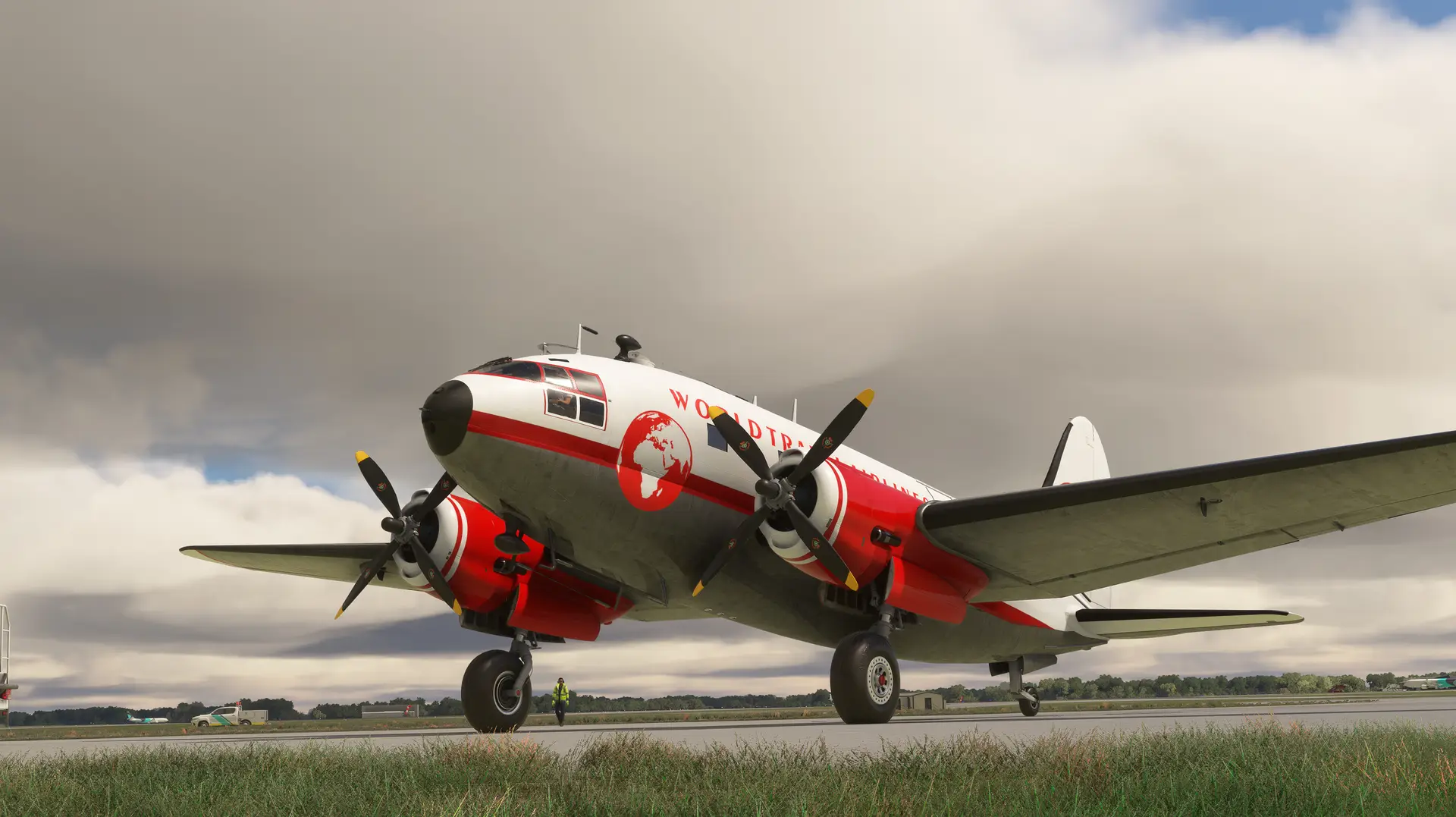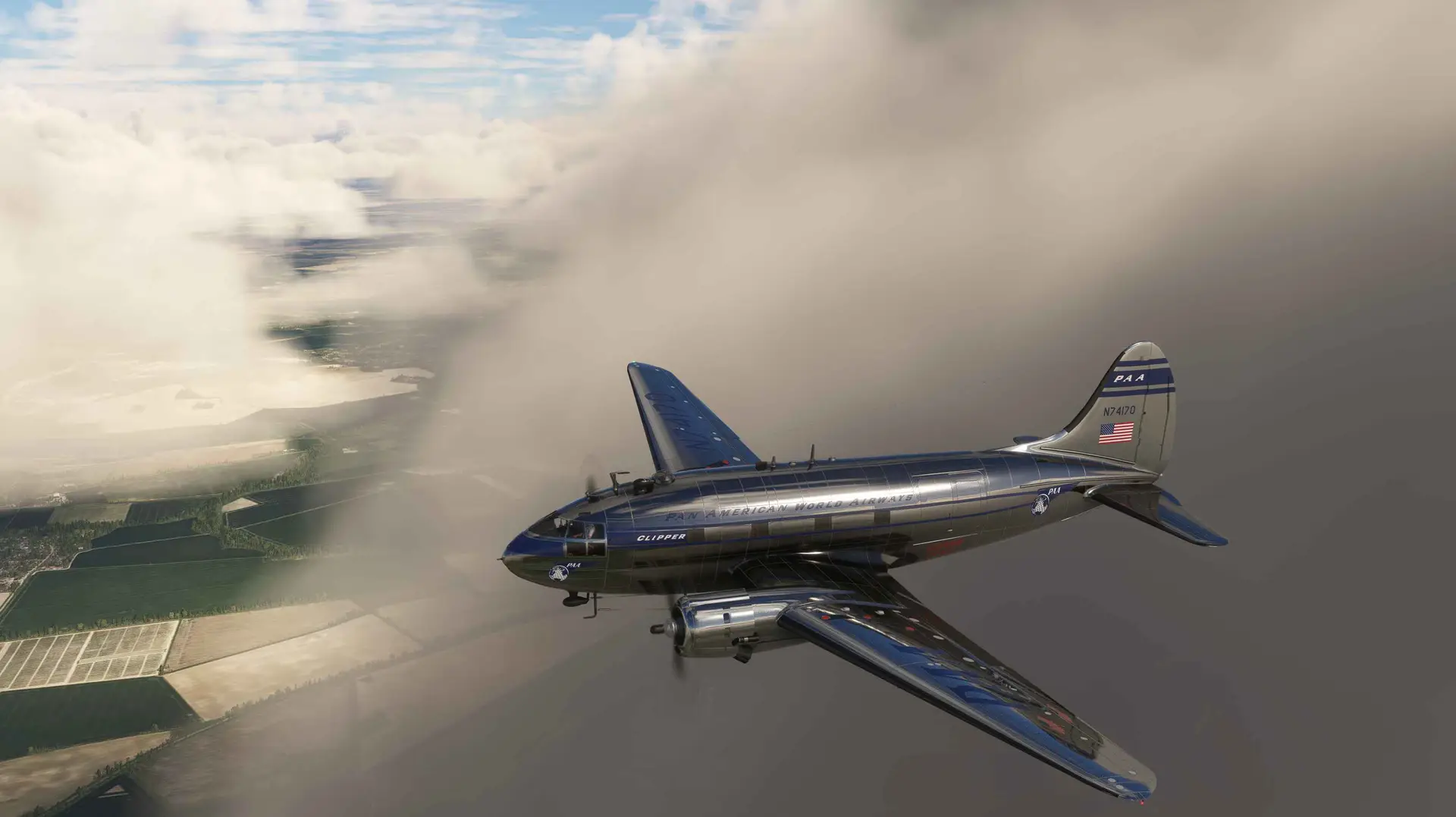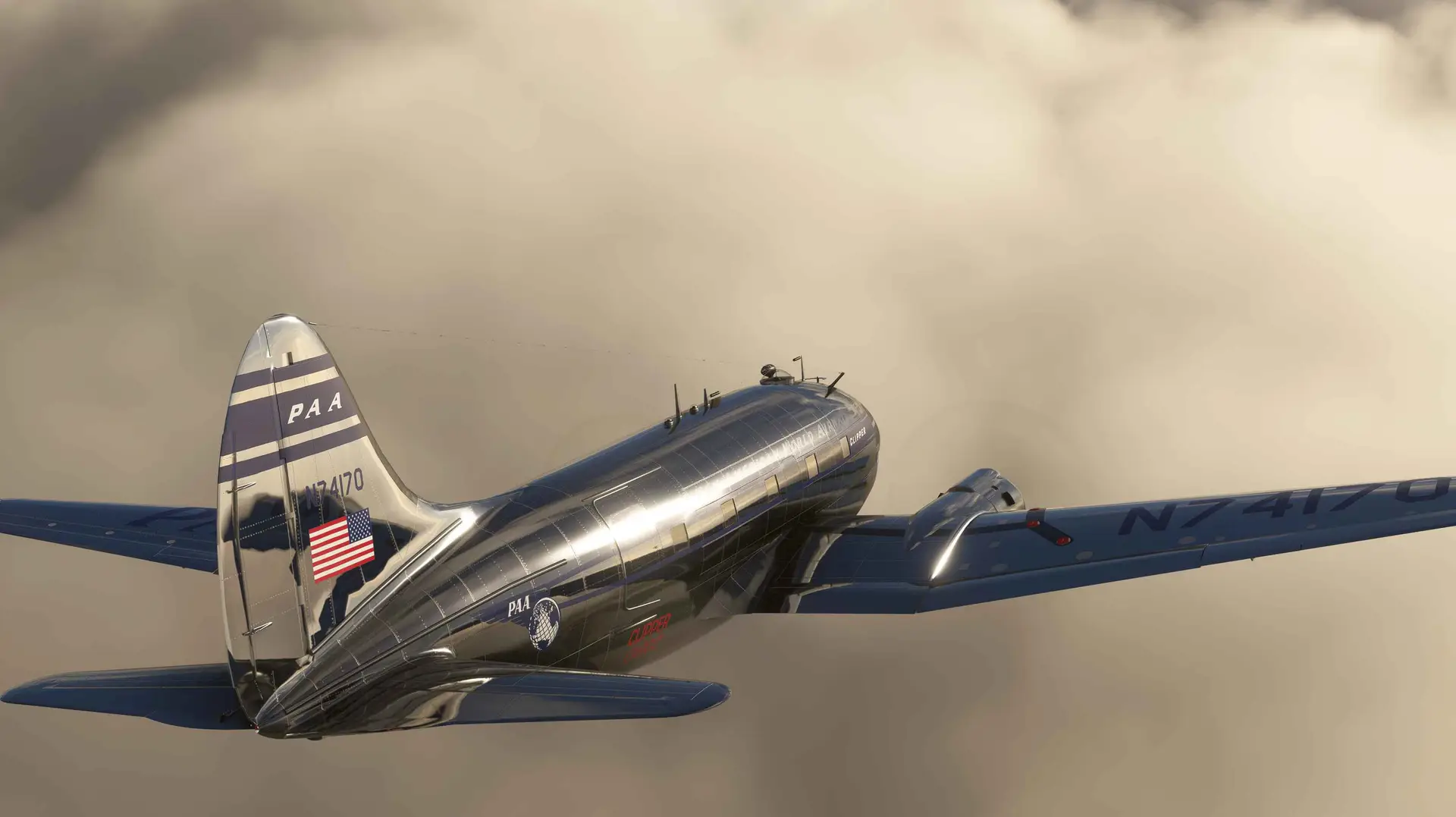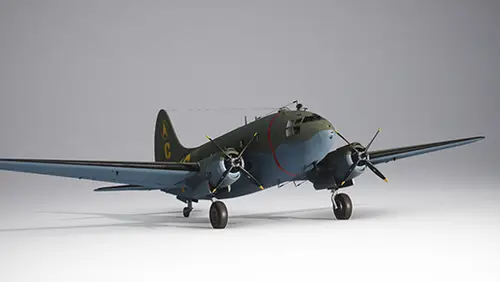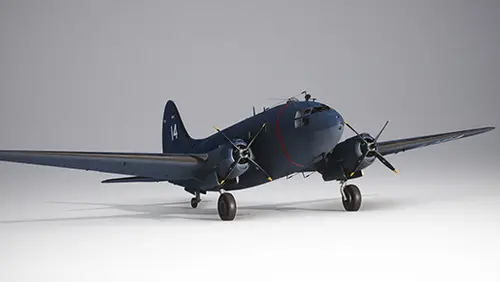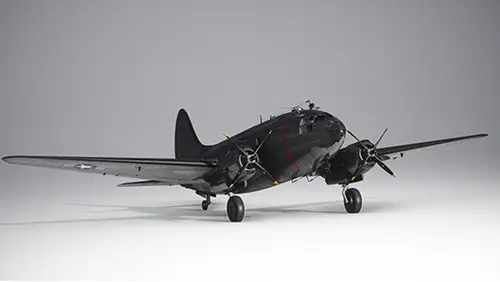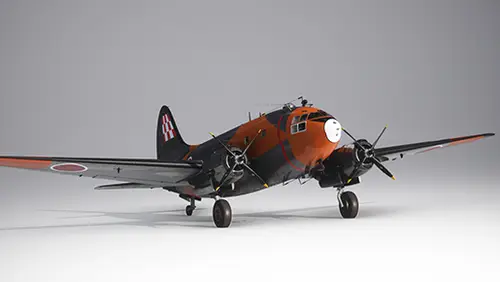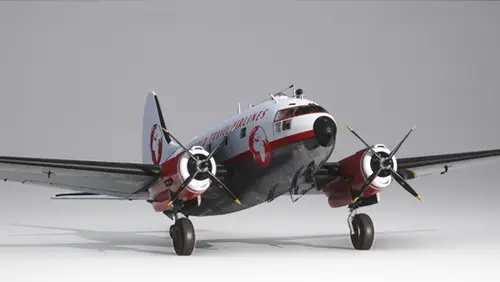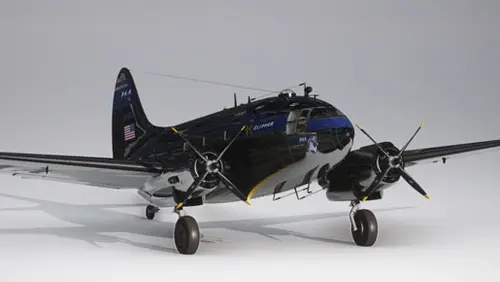The C-46 Commando is a twin-engine, piston-powered, low-wing military transport and cargo aircraft developed and manufactured by American aviation company Curtiss-Wright. Curtiss-Wright built more than 3,000 C-46 airframes in several variants during its production run that spanned from 1940 to 1945. The C-46 earned a reputation as rugged, reliable, and powerful, with excellent high-altitude performance.
The C-46 traces its beginnings to Curtiss-Wright’s CW-20, a speculative twin-engine airliner. The company began development of the CW-20 in 1937, designing it to compete with the 4-engine Boeing 307 Stratoliner, the world’s first airliner with a pressurized cabin. The CW-20 comprised several advanced design characteristics. These included a pressurized cabin, a high strength fuselage designed specifically to maintain pressurization at high altitude, a refined aerodynamic shape to minimize drag, and a high-strength wing. The CW-20, which could carry up to 36 passengers, took its maiden flight on March 26, 1940.
After initial testing by Curtiss-Wright, the United States Army Air Forces purchased the prototype CW-20 for evaluation as part of their initiative to develop a transport aircraft. In September of 1940, the Army Air Forces command made the first of what would be several orders of a modified variant of the CW-20 for cargo and transport use. Designated the C-46 Commando, the aircraft was unpressurized, had more powerful engines than the original CW-20 prototype, was fitted with large cargo doors, had a strengthened floor, and had an easily convertible cabin for various configurations, including seating for up to 40.
Curtiss-Wright delivered the first group of Commandos in 1941 and the airframe formally entered service in 1942. The C-46 Commando was used by all services of the American military throughout World War II. It served the roles of troop transport, cargo hauling, glider towing, medical evacuation, and paratrooper delivery. It proved crucial in several campaigns of the war, notably flying over the “Hump” of Himalaya mountains from India to China after the Japanese closed the Burma Road. The C-46 remained in American military operation after World War II and served in the Korean War and supported clandestine missions in the Vietnam War. The U.S. Air Force retired the aircraft in 1968. The militaries of other countries used the airframe as well. Many privately owned examples remain in flyable condition to this day.
The C-46 measures 76 feet, 4 inches in length, stands 21 feet, 9 inches tall, and has a trapezoidal main wing with a span of 108 feet. It features a standard empennage and retractable standard landing gear. It is powered by two wing-mounted Pratt & Whitney R-2800-51 Double Wasp engines. The 18-cylinder radial piston engines generate up to 2,000 horsepower each and turn 4-blade constant-speed propellers.
The Commando has a range of 3,150 miles, a service ceiling of 24,500 feet above sea level, a cruising speed of 173 miles per hour, and a top speed of 270 mph.
